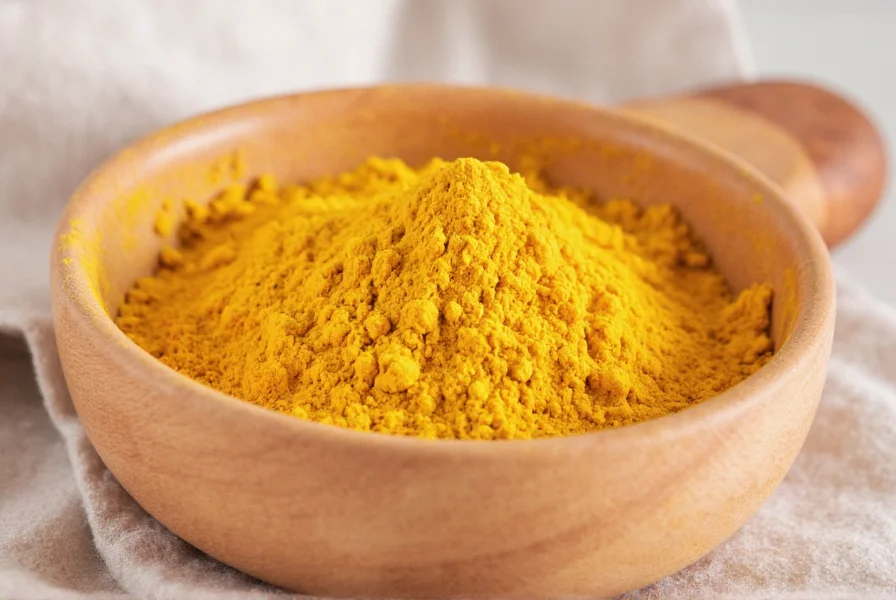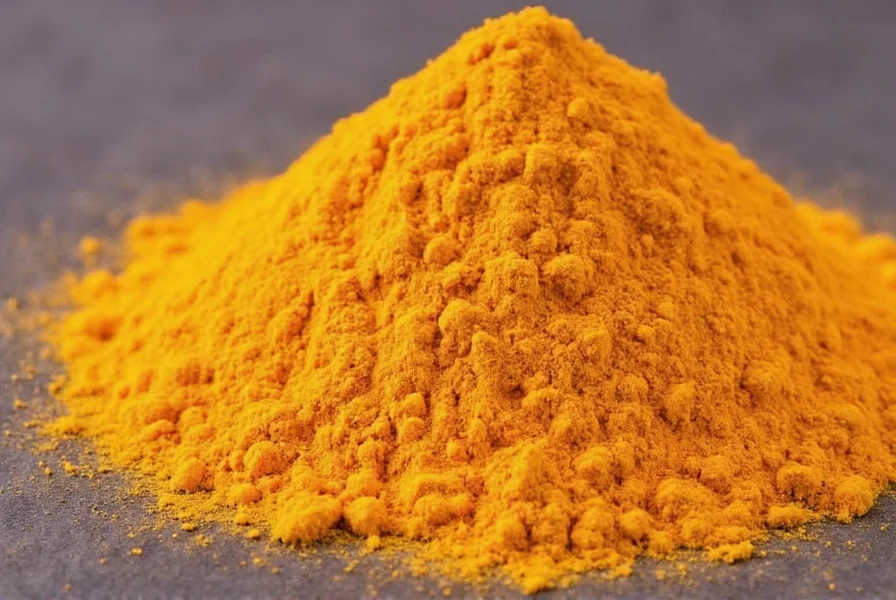Turmeric powder has been valued across cultures for centuries, evolving from ancient Ayurvedic medicine to modern kitchen pantries worldwide. This vibrant yellow spice contains curcuminoids, with curcumin being the most studied compound responsible for many of turmeric powder's scientifically supported benefits. Understanding the various turmeric powder uses helps maximize its potential while avoiding common misconceptions about its capabilities.
Culinary Applications of Turmeric Powder
Chefs and home cooks prize turmeric powder for its distinctive earthy flavor and brilliant color. When exploring turmeric powder in cooking recipes, consider these versatile applications:
- Curry bases: Turmeric powder forms the foundation of most curry blends, typically combined with cumin, coriander, and ginger
- Rice and grains: Add 1/2 teaspoon to rice cooking water for golden, flavorful results
- Roasted vegetables: Toss root vegetables with olive oil and turmeric before roasting
- Golden milk: Combine with warm milk, black pepper, and honey for a soothing beverage
- Marinades: Mix with yogurt and spices for chicken or fish preparations
Professional chefs recommend toasting turmeric powder briefly in oil before adding other ingredients to enhance flavor release. For those exploring how to use turmeric powder for inflammation through diet, incorporating it daily in cooking provides consistent, moderate exposure to curcumin.

Scientifically Supported Health Benefits
While traditional medicine has utilized turmeric for millennia, modern research provides evidence for specific health applications of turmeric powder. The most compelling research focuses on curcumin's anti-inflammatory effects, which operate through multiple biological pathways.
| Health Application | Research Support Level | Recommended Daily Dosage |
|---|---|---|
| Inflammation management | Strong clinical evidence | 500-2,000 mg curcumin |
| Joint health support | Moderate clinical evidence | 500-1,500 mg curcumin |
| Antioxidant protection | Strong laboratory evidence | Regular dietary inclusion |
| Digestive support | Limited clinical evidence | As culinary spice |
Studies indicate that consuming turmeric powder with black pepper significantly enhances curcumin absorption. The piperine in black pepper can increase curcumin bioavailability by up to 2,000%. For those researching turmeric powder dosage for health benefits, most clinical trials use standardized curcumin extracts rather than plain turmeric powder, as the latter contains only 2-8% curcumin by weight.
Beauty and Skincare Applications
Turmeric powder's anti-inflammatory and antimicrobial properties make it valuable in natural skincare routines. When considering turmeric powder for skin care, these applications show promising results:
- Anti-inflammatory face mask: Mix 1 teaspoon turmeric powder with 2 teaspoons yogurt and honey for soothing irritated skin
- Brightening treatment: Combine with milk or rose water to create a gentle exfoliating paste
- Acne spot treatment: Apply diluted turmeric paste to affected areas for 15-20 minutes
- Hair mask: Blend with coconut oil to strengthen hair follicles and reduce scalp inflammation
When using turmeric powder topically, perform a patch test first as it can temporarily stain lighter skin tones yellow. For traditional uses of turmeric powder in beauty routines, many cultures have incorporated it into bridal preparations for its purported skin-brightening effects.

Safety Considerations and Practical Tips
While generally safe when used as a culinary spice, understanding potential side effects of consuming turmeric powder is essential, especially at higher therapeutic doses:
- Digestive effects: High doses may cause stomach upset in sensitive individuals
- Blood thinning: Turmeric may enhance blood-thinning medication effects
- Gallbladder concerns: Those with gallstones should consult physicians before high-dose use
- Pregnancy: Culinary amounts are safe, but therapeutic doses should be avoided
To maximize the benefits of turmeric powder while minimizing potential issues, consider these practical recommendations:
- Always combine with black pepper for enhanced absorption
- Store in an airtight container away from light to preserve potency
- Start with small culinary amounts to assess tolerance
- Choose organic turmeric powder to avoid potential contaminants
- For therapeutic use, consider standardized curcumin supplements with professional guidance
When exploring how to make turmeric tea with powder, a simple preparation involves simmering 1/2 teaspoon turmeric in 8 ounces of water for 10 minutes, then adding lemon and honey to taste. This traditional preparation offers both flavor and potential health benefits.
Household and Cultural Applications
Beyond food and health, turmeric powder serves practical purposes in daily life. Many cultures incorporate turmeric into religious ceremonies and traditional practices. Its vibrant color makes it useful as a natural dye for fabrics and foods. Some households use diluted turmeric solutions as natural antiseptic cleaners for surfaces, leveraging its antimicrobial properties.
Understanding the complete spectrum of turmeric powder uses helps appreciate why this ancient spice continues gaining popularity in modern wellness practices. Whether you're interested in traditional uses of turmeric powder or scientifically supported applications, incorporating it thoughtfully into daily routines can provide multiple benefits without significant risk when used appropriately.











 浙公网安备
33010002000092号
浙公网安备
33010002000092号 浙B2-20120091-4
浙B2-20120091-4